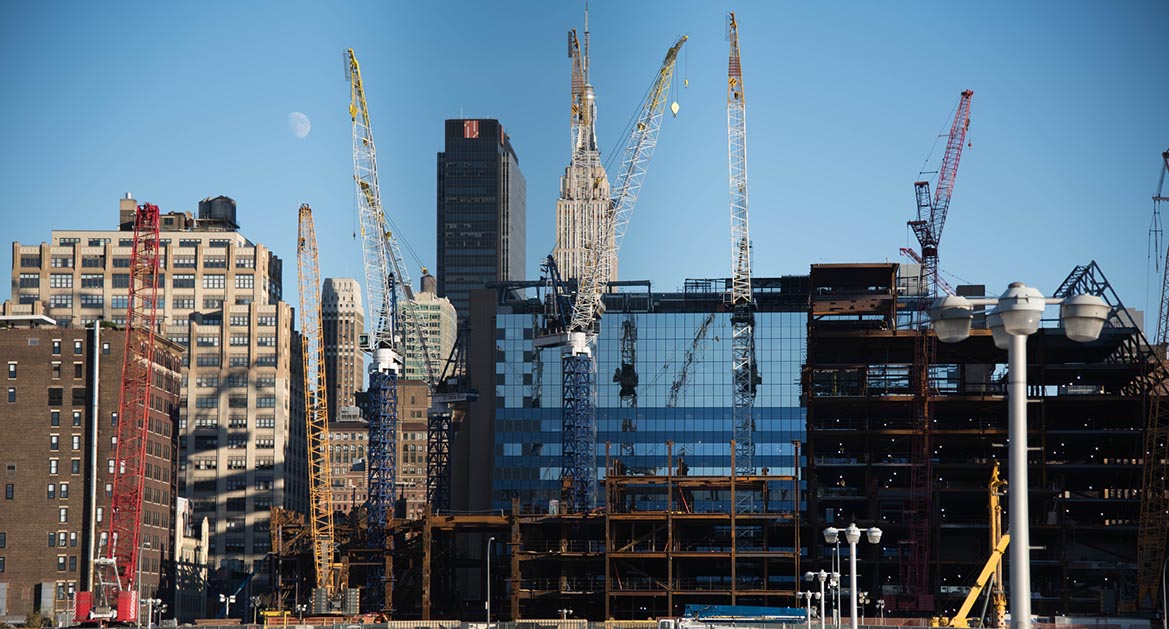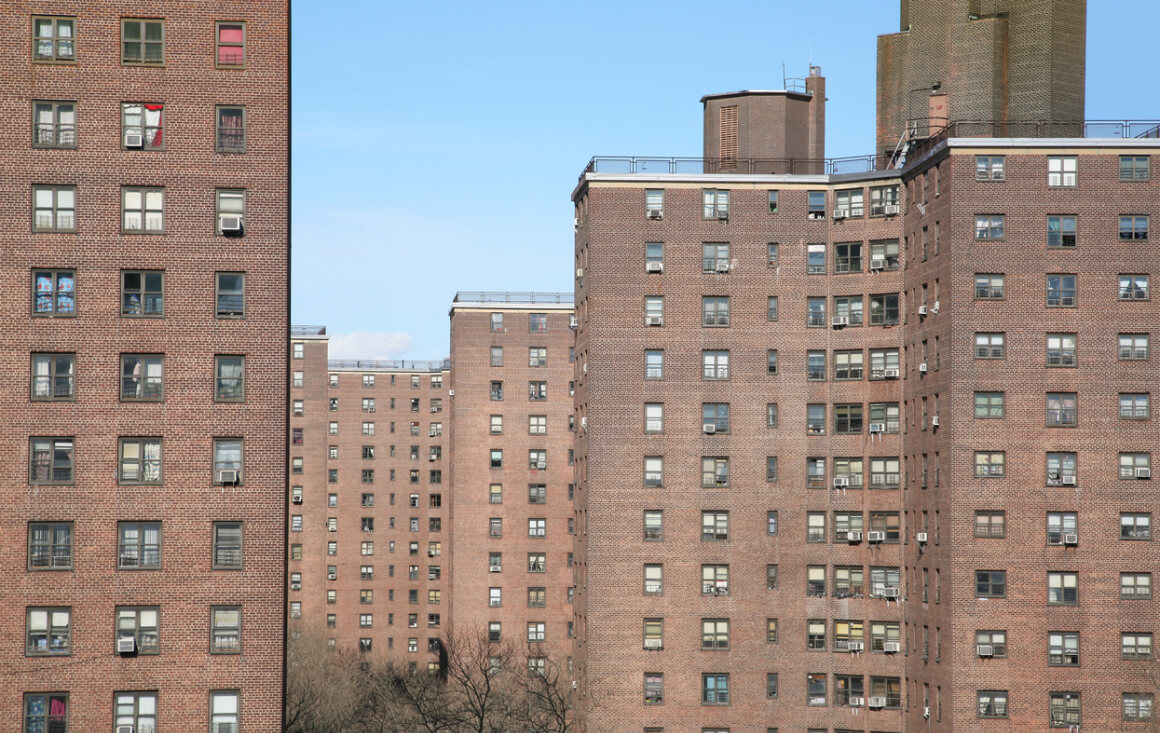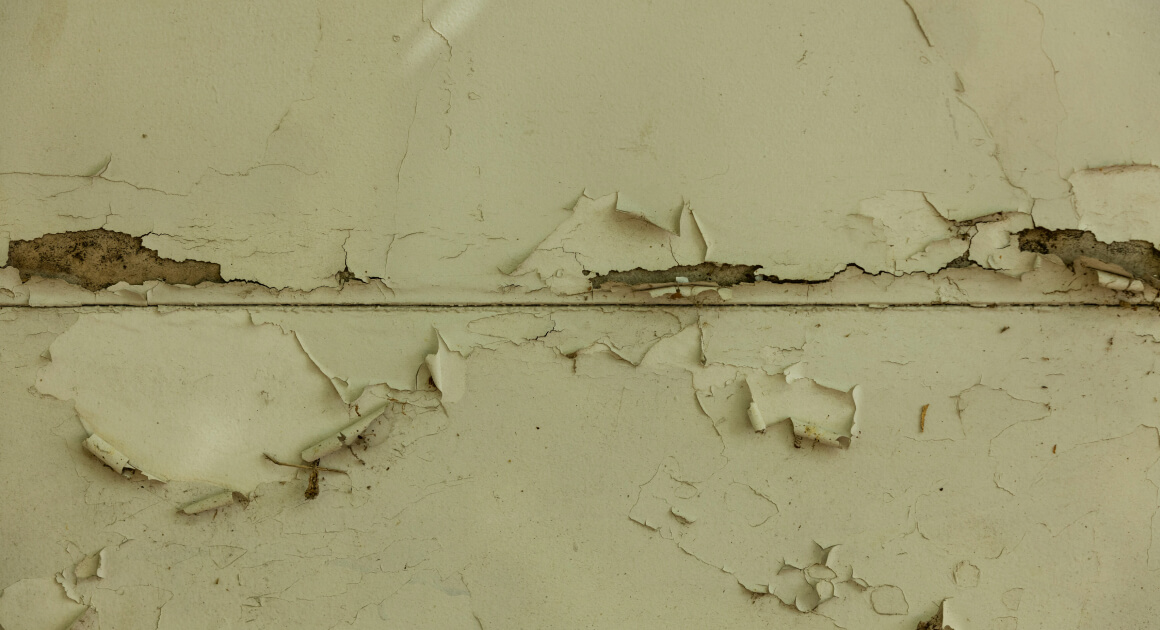A city skyline dotted with cranes is evidence of growth and economic activity. Yet it’s also often a signal that danger awaits for the workers who deal with such heavy equipment — and the pedestrians who walk below.
In late April, this exact scenario unfolded in Seattle, Washington, when a massive construction crane crashed onto the street below. Two bystanders and two iron workers were killed by the falling crane, which was helping to construct Google’s new Seattle campus.
The Washington state Department of Labor and Industries is investigating the incident, though it’s expected any report will take at least six months to compile. Safety experts have speculated that human error may have been involved in the accident, as a construction crew was in the process of disassembling the crane when the mast detached.
The Complexity of Crane Safety
While cranes appear to be relatively simple pieces of equipment, they are more complex from a mechanical and structural perspective than many casual observers realize. It takes, on average, two to three days to complete the process of disassembling a large crane. In order to ensure safety, the crane must be taken apart on a methodical, step by step basis.
Safety observers who were provided video and photos of the scene by CNN reported concerns about the crane’s tear down processes. One observer suggested that the safety bolts responsible for stabilizing the crane were removed too quickly — something that may have created problems when local winds began gusting up to 23 miles per hour.
The Occupational Safety and Health Administration has penalized a number of construction companies for the practice of prematurely removing crane safety bolts in order to speed up the disassembly process.
A Lack of Oversight
Other safety observers pointed a longstanding oversight disparity in the construction industry that may have contributed to the accident. While crane operators must be highly trained and regulated, those assembling or disassembling cranes are not subject to the same level of oversight.
Currently, it is the construction company’s responsibility to ensure that safety protocols are followed, and that all crane manufacturer guidelines are adhered to, when disassembling equipment. Without more vigorous industry oversight, the risk to workers and bystanders will continue.
Seattle isn’t the only city dealing with deadly crane incidents. New York City has dealt with a series of high-profile crane accidents in recent years, and a crane collapse similar to the Seattle incident killed two workers at the University of Texas at Dallas in 2012.
The Bureau of Labor Statistics estimates that 44 people are killed in the United States each year as the result of faulty crane operations.
Finding the Right Crane Accident Injury Attorney
If you or a loved one has been injured as the result of a construction accident including a crane-related accident, it’s important that you find legal representation in order to protect your legal rights and obtain fair and just compensation.
At The Frankel Law Firm, we’ve been helping victims of serious accidents in New York City and State for more than four decades. If you, a co-worker, loved one or friend has suffered a serious injury at a construction site, whether you are covered by workers compensation or not, please contact us today to learn how we may help you obtain fair and just compensation for your injuries. All consultations are free. We work on a contingency fee basis— which means that are absolutely no attorneys fee unless you recover for your injuries. The attorneys fee is paid based upon a percentage of the sums recovered. Call us for your free consultation at (212) 888-5100 or contact us at www.frankellawfirm.com – we will be pleased to speak to you.
We welcome your legal questions for topically relevant articles in the future. Feel free to compose a question – it may be addressed in future articles. Email Question
Free Case Evaluation
Fill Out The Form Below To Find Out If You Have A Case.
Thank you for contacting us. One of our colleagues will get back to you shortly.



